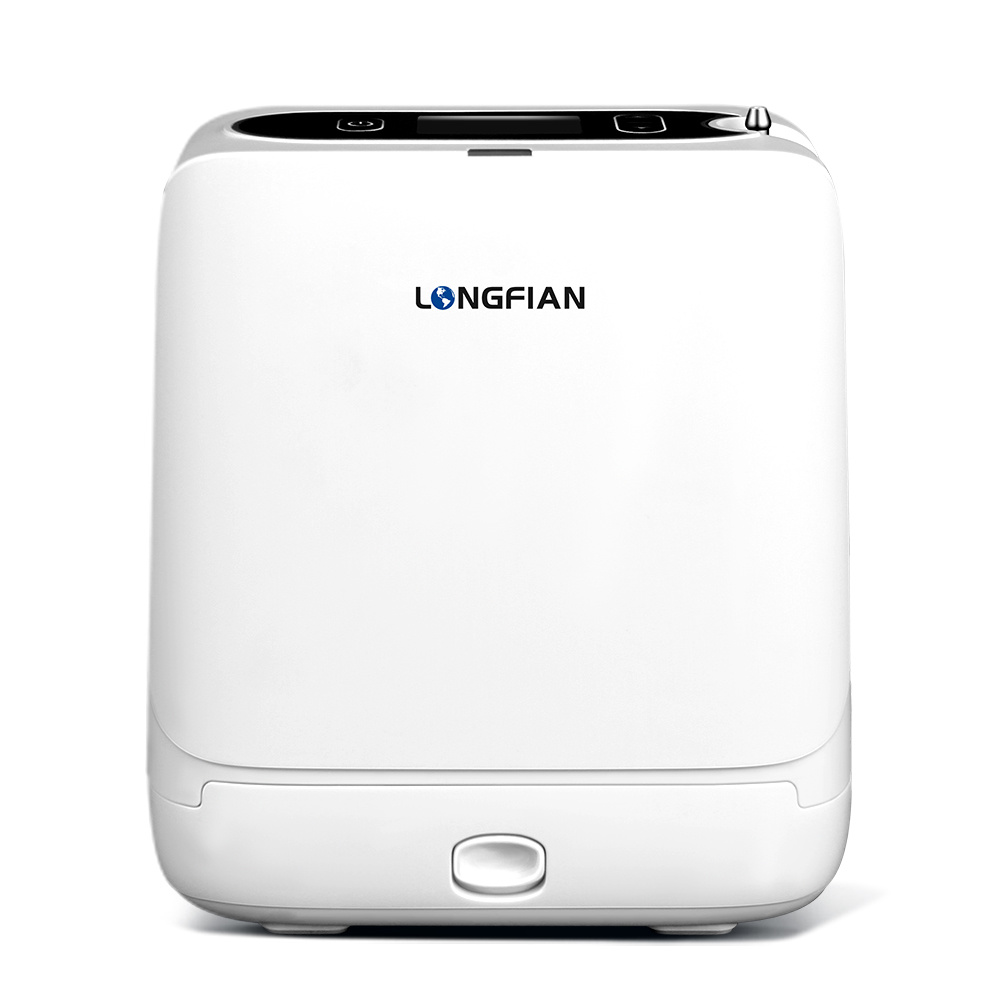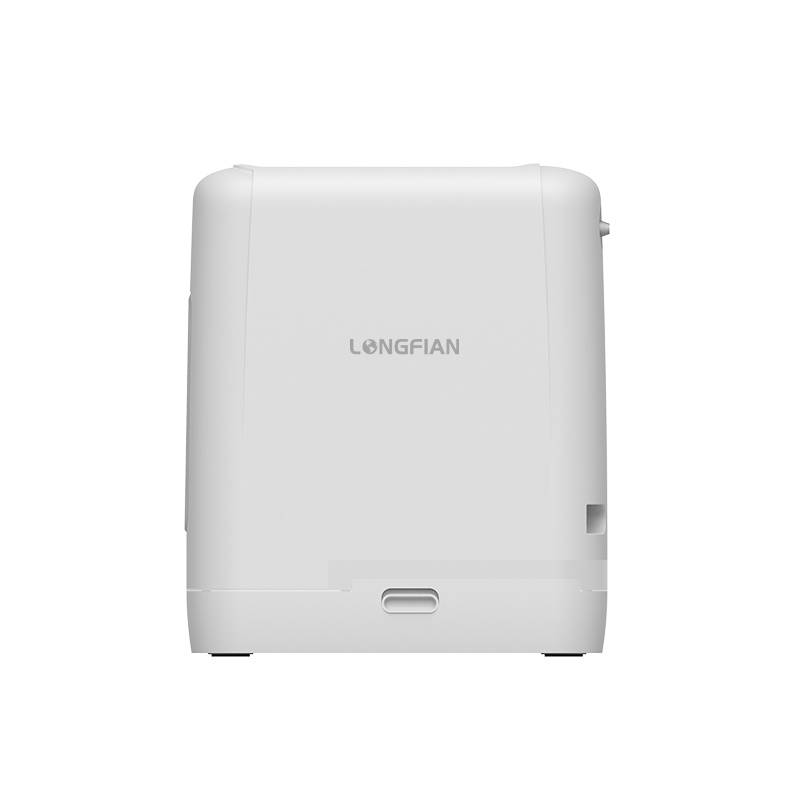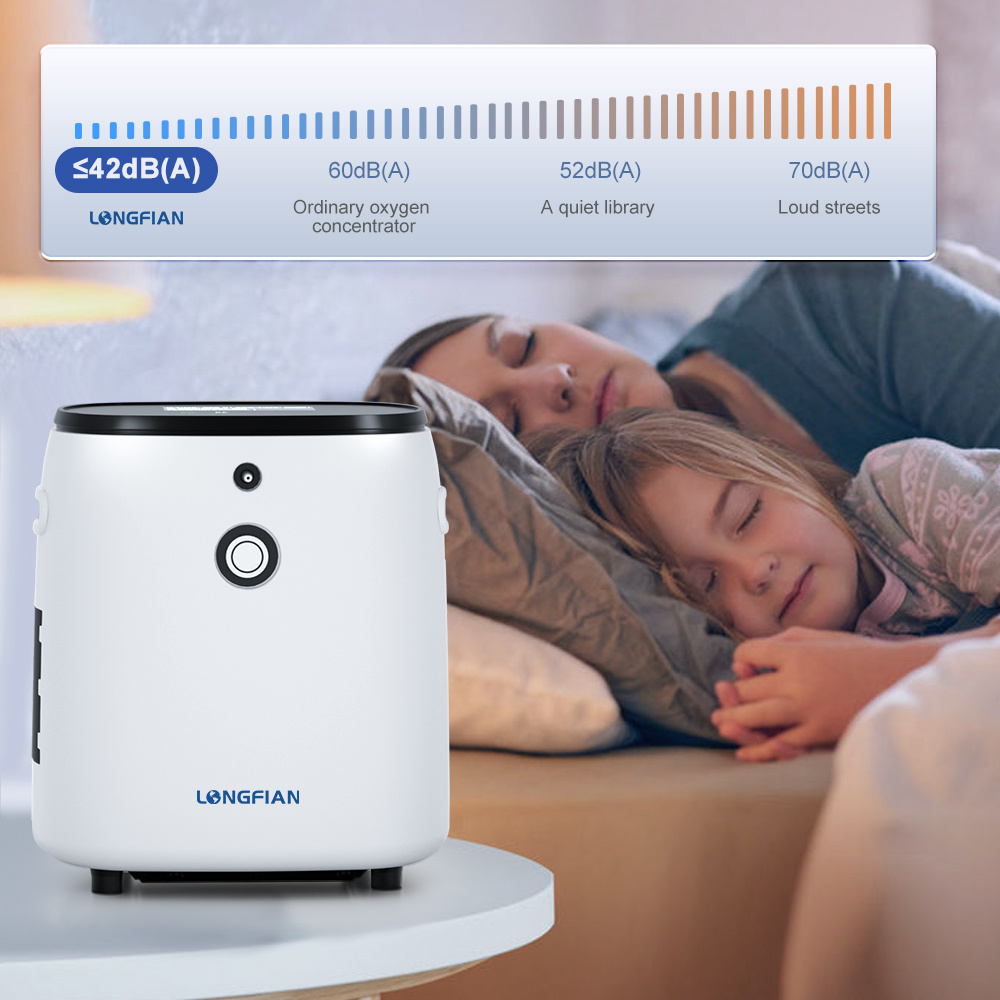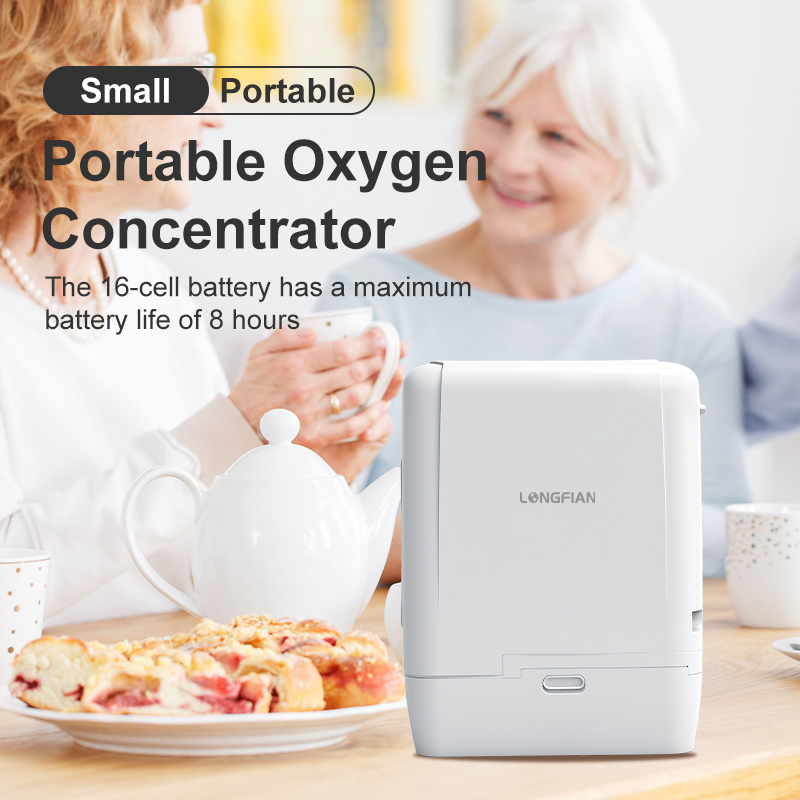How to Choose the Best Portable Oxygen Concentrator (POC) for Your Needs – The Ultimate Buying Guide
Whether you are living with Chronic Obstructive Pulmonary Disease (COPD), planning a high-altitude adventure, or spending long hours driving or traveling, a reliable, high-performance POC can free you from the limitations of bulky oxygen tanks and help you breathe with confidence—anywhere, anytime.
For people who require regular oxygen therapy, a Portable Oxygen Concentrator (POC) is more than just a medical device—it’s a lifeline that helps maintain health, independence, and quality of life. Whether you are living with Chronic Obstructive Pulmonary Disease (COPD), planning a high-altitude adventure, or spending long hours driving or traveling, a reliable, high-performance POC can free you from the limitations of bulky oxygen tanks and help you breathe with confidence—anywhere, anytime.
The market is full of options, from ultra-lightweight models under 1 kg to heavy-duty high-flow units designed for outdoor use. But how do you choose a POC that fits both your medical requirements and your lifestyle? In this guide, we’ll break it down into three key areas: who needs a POC, what to look for when buying, and a comparison of our popular models.
1. Who Needs a Portable Oxygen Concentrator?
① People with Chronic Respiratory Conditions (COPD, Pulmonary Fibrosis, etc.)
• Typically require low-flow oxygen therapy (1–5 L/min) to maintain healthy oxygen saturation levels.
• Traditional oxygen cylinders are heavy, need frequent refills, and pose storage challenges. In contrast, POCs use PSA (Pressure Swing Adsorption) technology to extract oxygen from ambient air, delivering a continuous supply of high-purity oxygen (≥90%)—no refills, no high-pressure risks.
* Please always use under medical supervision.
② High-Altitude Travelers
• At elevations above 2,500 meters (8,200 ft), oxygen levels in the air drop significantly, which can trigger altitude sickness (headache, insomnia, shortness of breath).
• A portable oxygen concentrator can help maintain oxygen saturation, reducing the risk of acute mountain sickness.
• Unlike oxygen tanks, POCs are not pressurized, making them safer to carry and more compact—ideal for trekking, camping, and outdoor sports.
③ Long-Distance Drivers
• Extended driving or long-haul flights can cause fatigue. Low-flow oxygen can help maintain alertness and reaction time.
2. Why Choose a POC Over a Traditional Oxygen Tank?
Portable Oxygen Concentrator (POC) vs. Traditional Oxygen Tank:
Cost: POC is more cost-effective long-term, no refills needed. Oxygen tank requires ongoing refill costs.
Weight: POC weighs 1–5 kg, lightweight and portable. Oxygen tank weighs 5–10 kg, heavy and cumbersome.
Runtime: POC runs on rechargeable battery or vehicle power. Oxygen tank has limited oxygen volume and must be replaced when empty.
Safety: POC has no high-pressure risk. Oxygen tank is pressurized and must be handled carefully.
Versatility: POC is suitable for indoor, outdoor, and travel use. Oxygen tank is mostly for stationary use.
3. How to Choose the Right POC for You
Step 1 – Identify Your Primary Use Case
• Home + short outings → Lightweight (≤2 kg), quiet (<45 dB) models.
• High-altitude travel / outdoor adventures → High-flow (≥5 L/min), long battery life.
• Driving or multi-user needs → Car-compatible units with continuous supply.
Step 2 – Key Buying Criteria
1. Flow Type: Continuous Flow for constant delivery; Pulse Flow to save power and extend battery life.
2. Oxygen Purity: ≥90% is recommended.
3. Battery Life: At least 4 hours per charge, with car power & fast-charging options.
4. Noise Level: Under 45 dB for quiet operation.
5. Weight & Portability: ≤2.5 kg for true portability.
6. Certification: FDA and CE approvals for medical-grade safety.
7. Recommended Portable Oxygen Concentrators – Top Picks
Here are some products recommended by Longfian:
Pluse Flow (Best for Beginners)
• Weight: 1.5 kg (3.3 lbs).
• Flow Rate: 1–5 L/min adjustable.
• Battery Life: Up to 7 hours with extended battery.
• Extras: Vehicle power support.
• Best For: Mild respiratory needs, casual travel.
Continuous Flow (All-Rounder for Home & Travel)
• Flow Rate: 1–7 L/min continuous supply.
• Battery: Designed for 24-hour continuous use with car power adapter.
• Best For: High-altitude trips, long-distance driving, business travelers.
Mini Pluse Flow(2025 Flagship Model)
• Smart Oxygen Control: 8-level flow adjustment (1–7 pulse flow, 8 fixed flow).
• Output: Up to 1,200 ml/min in a compact form factor.
• Weight: Only 1.45 kg.
• Battery: Up to 8 hours without external power.
• Extras: Includes humidifier bottle to reduce nasal dryness.
• Best For: High performance, versatility, and long battery life.
Model | Pluse Flow | Continuous Flow | Mini Pluse Flow |
|  |  |  |
Weight | 1.5kg(3.3lbs) | 6kg(13.2lbs) | 1.45kg(3.19lbs) |
Dimensions | 193*83*173mm | 220*280*310mm | 170*80*198mm |
Charging Setup | Built-in battery, up to 7h runtime with 16-cell battery | External battery, requires connection to a car converter for use | External rechargeable battery, up to 8h runtime |
Car Use | Yes | Yes | Yes |
Oxygen Delivery Mode | Pulse flow | Continuous flow | Pulse flow |
Flow & Purity | Equivalent to 5 LPM continuous flow, purity up to 93% ± 3% | Adjustable 1–7 LPM: 1 LPM at 93% ± 3%, 7 LPM at 30% | Pulse settings from 1 –7, fixed frequency flow at setting 8, max flow up to 1.2 LPM |
Best For | Customers who need oxygen anytime, anywhere | Car use / short trips | Customers who need oxygen anytime, anywhere |
With Humidifier Bottle | No | No | Yes |
Pro Tip: Always consult your healthcare provider before purchasing a POC to ensure the flow rate and oxygen delivery mode meet your medical needs. Regular maintenance—such as replacing filters and cleaning humidifier bottles—will extend your device’s lifespan and help prevent respiratory infections.
Related news







